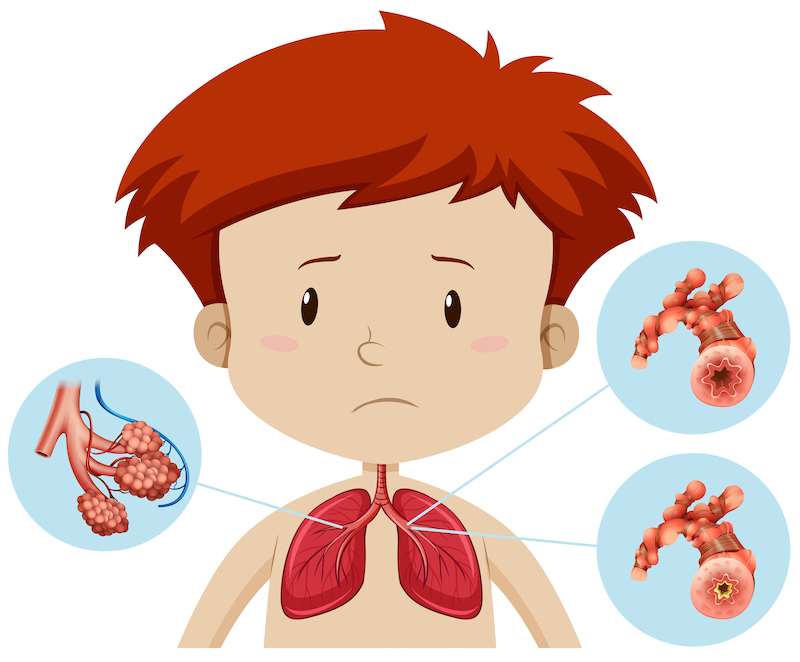Introduction
As an experienced teacher with 17 years of expertise, I understand that introducing new
learning tools, such as flashcards, to a resistant child can be challenging.
However, with the right approach and strategies, you can engage your child and make the
learning process enjoyable.
In this article, I will share expert tips on how to introduce flashcards to a child who is
resistant to learning, helping them overcome their resistance and embrace the benefits of
this effective educational tool.
Start with Their Interests
One effective way to engage a resistant learner is to align the flashcards with their
interests.
Choose flashcards that feature topics, images, or subjects that your child finds captivating.
For example, if they love animals, use flashcards with pictures of various animals or their
favorite pets.
By incorporating their interests, you can spark their curiosity and increase their willingness
to engage with the flashcards.
Make it Interactive
Transform the flashcard experience into an interactive and hands-on activity.
Instead of simply showing the cards, involve your child in the learning process.
Encourage them to touch and manipulate the flashcards, allowing them to actively
participate.
You can create games, such as matching the flashcard with the corresponding object or
word, to make the learning experience more enjoyable and interactive.
Keep it Short and Engaging
Resistant learners may have a limited attention span, so it’s essential to keep the
flashcard sessions short and engaging.
Start with brief sessions, gradually increasing the duration as your child becomes more
comfortable.
Make each session dynamic and energetic by using a variety of techniques like
incorporating movement, using funny voices, or creating challenges to keep their interest
piqued.
Utilize Multi-Sensory Approaches
Engage your child’s senses by employing multi-sensory approaches while using
flashcards.
Combine visual elements with auditory cues or tactile experiences.
For example, you can encourage your child to say the name of the object or word on the
flashcard while touching it.
This multi-sensory approach enhances the learning experience and improves information
retention for resistant learners.
Provide Rewards and Positive Reinforcement
Motivate your child by offering rewards and positive reinforcement.
Create a reward system where they can earn small incentives, such as stickers or extra
playtime, for actively participating and making progress with the flashcards.
Celebrate their achievements and provide praise for their efforts, fostering a positive
association with the learning process.
Incorporate Playfulness
Infuse playfulness into the flashcard activities to make learning enjoyable.
Turn learning into a game or a friendly competition.
For instance, you can time your child as they try to identify as many flashcards as possible
within a set time.
Incorporating elements of play will engage their natural curiosity and create a positive and
fun learning environment.
Connect to Real-Life Situations
Help your child see the practical relevance of the flashcards by connecting them to real-life
situations.
Relate the flashcard content to their daily experiences or activities.
For instance, if the flashcard shows a picture of a fruit, talk about their favorite fruits or ask
them to find similar fruits in the kitchen.
Making these connections bridges the gap between abstract learning and their immediate
surroundings.
Patience and Flexibility
Remember to be patient and flexible throughout the process.
Every child learns at their own pace, and resistance to learning may stem from various
factors.
Encourage their efforts, even if progress is gradual, and adjust your approach as needed.
Adapt to their learning style and preferences to create a supportive and nurturing
environment.
Conclusion
Introducing flashcards to a resistant learner requires patience, creativity, and a tailored
approach.
By aligning the flashcards with their interests, making the experience interactive and
multi-sensory, providing rewards, and connecting the learning to real-life situations, you
can effectively engage your child and cultivate a positive attitude towards learning.
With time, patience, and a supportive approach, your resistant learner can discover the joy
of learning through the effective use of flashcards.







